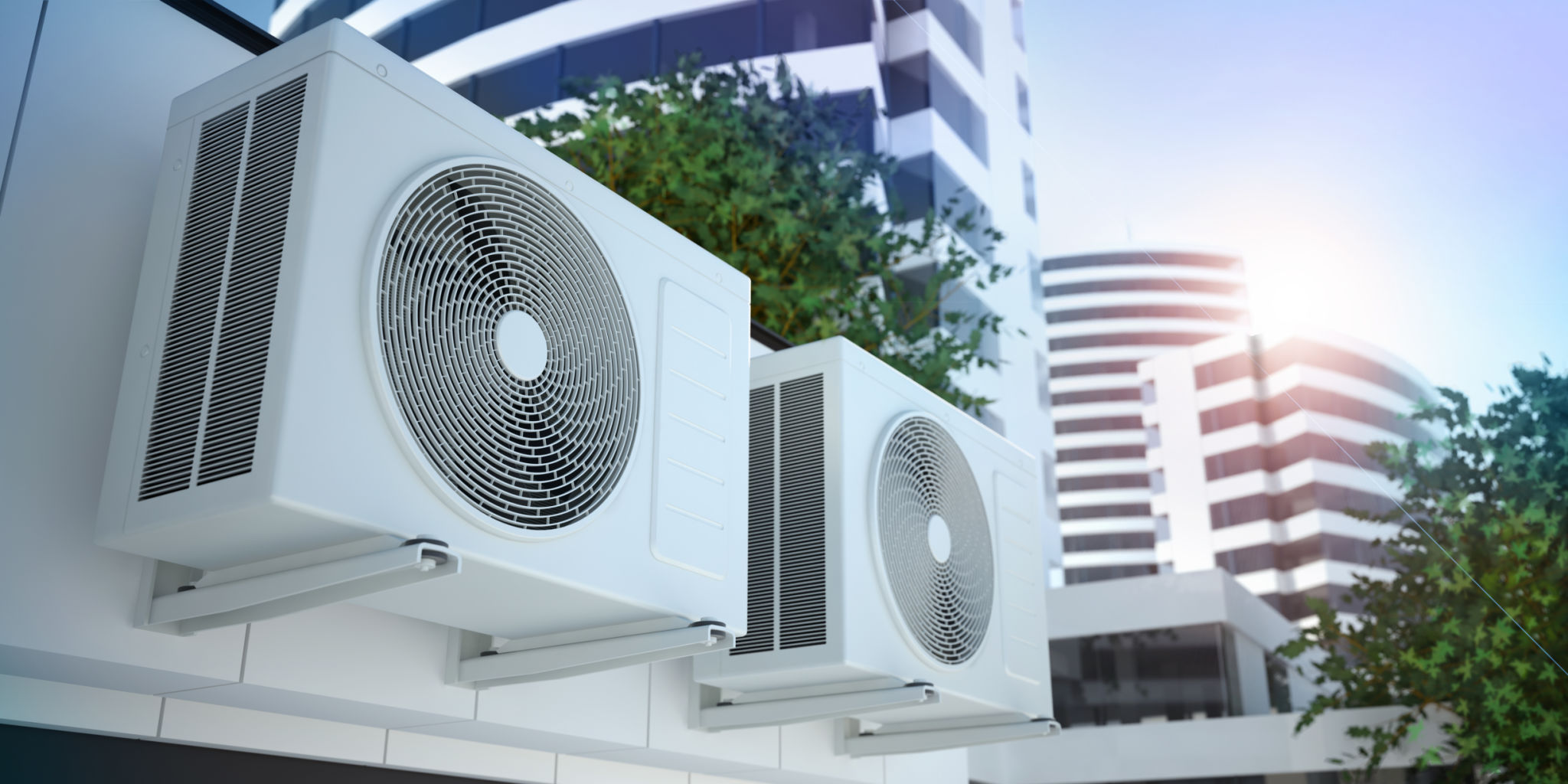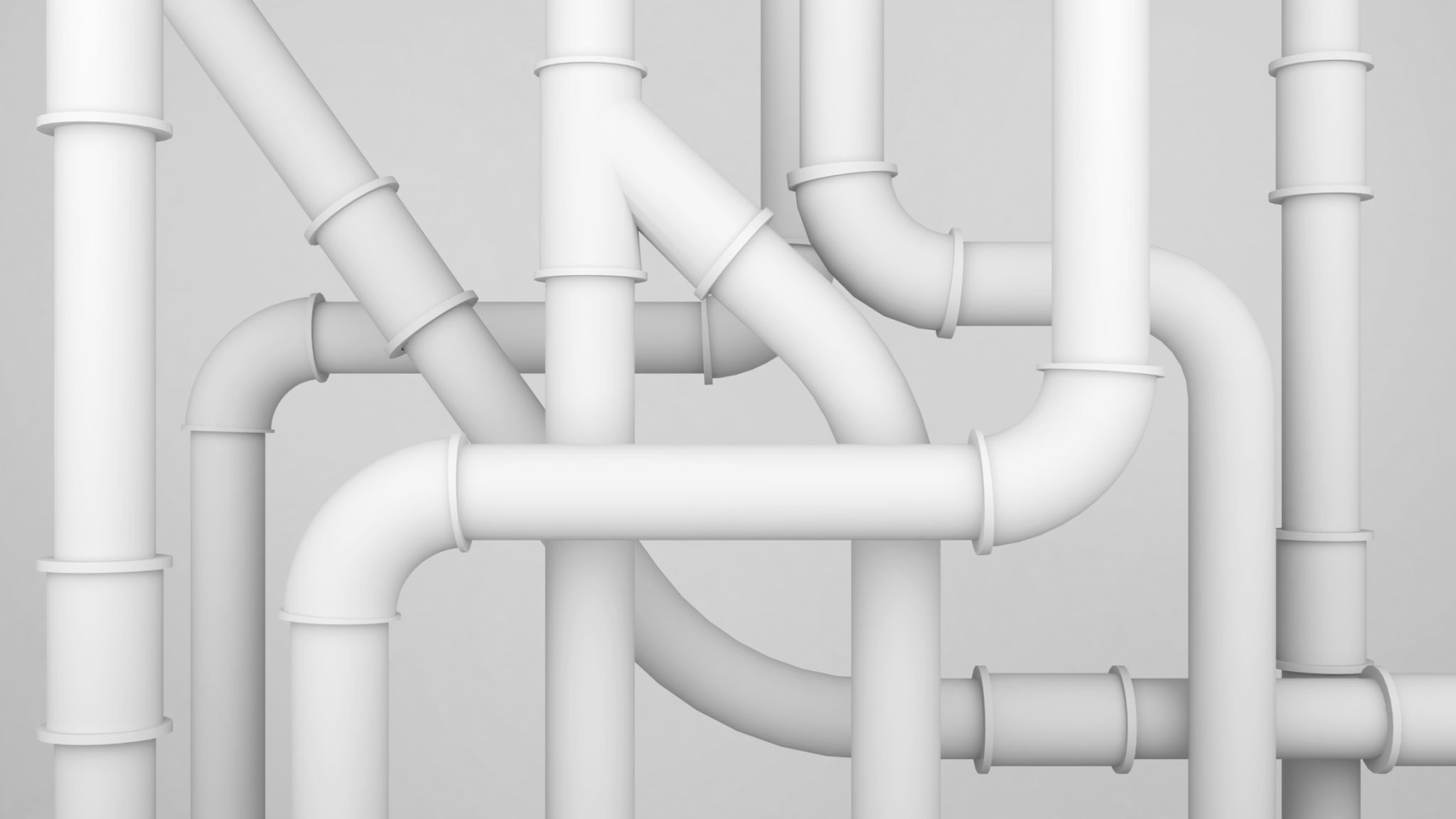Compressed Air System Installations: Common Mistakes and How to Avoid Them
Compressed air systems are critical for many industrial processes, providing the necessary power to a range of tools and machinery. However, improper installation can lead to inefficiencies, increased costs, and even system failure. Understanding common mistakes in compressed air system installations and how to avoid them is crucial for maintaining optimal performance.

Inadequate System Design
One of the most frequent mistakes in compressed air system installations is inadequate system design. A poorly designed system can lead to excessive pressure drops, increased energy consumption, and insufficient air supply. To avoid this, ensure that your system design accounts for the specific needs of your operation. This includes considering factors such as required air quality, pressure levels, and flow rates.
Engaging with a knowledgeable engineer or consultant during the design phase can help you tailor the system to your needs, ultimately saving time and resources in the long run. Moreover, consider future expansions or changes in demand when designing your system to avoid costly modifications later.
Incorrectly Sized Components
Another common mistake is using incorrectly sized components. This includes compressors, dryers, filters, and piping. Components that are too large can increase initial costs and energy consumption, while undersized components may not meet performance demands.

To prevent this issue, conduct a thorough analysis of your application's requirements. This includes determining the necessary flow rate and pressure level. Proper sizing ensures that components work efficiently without overloading or underperforming, leading to a more reliable system.
Poor Piping Layout
Poor piping layout can significantly impact the efficiency of a compressed air system. Long, complex piping runs with numerous bends and junctions increase pressure drop and energy consumption. To avoid this, aim for a straightforward piping layout with minimal bends and use appropriately sized pipes to reduce resistance.
Additionally, ensure that all connections are airtight to prevent leaks, which can lead to energy waste and reduced system performance. Regularly inspecting and maintaining your piping network can further help in identifying potential issues before they escalate.

Neglecting Maintenance
Neglecting regular maintenance is a critical oversight in managing compressed air systems. Routine inspections and maintenance tasks, such as changing filters and checking for leaks, are essential to sustain system efficiency and longevity.
Implementing a maintenance schedule helps address potential issues before they result in costly downtime or repairs. Training personnel on proper maintenance procedures can also enhance the reliability of your system.
Ignoring Energy Efficiency
Finally, ignoring energy efficiency during installation can lead to high operational costs. Compressed air systems are energy-intensive, and inefficiencies can significantly impact your utility bills. Consider energy-efficient solutions like variable speed drives or heat recovery systems to optimize energy use.
- Conduct regular energy audits to identify areas for improvement.
- Invest in high-quality components that meet energy efficiency standards.
- Stay informed about technological advancements in compressed air systems.
By addressing these common mistakes and implementing best practices during installation, you can ensure that your compressed air system operates efficiently and cost-effectively. Investing time and resources into proper planning and execution will provide long-term benefits for your operations.
